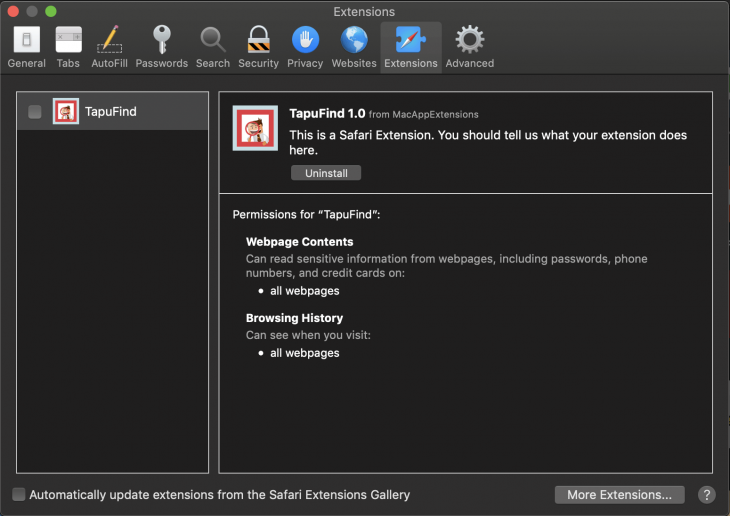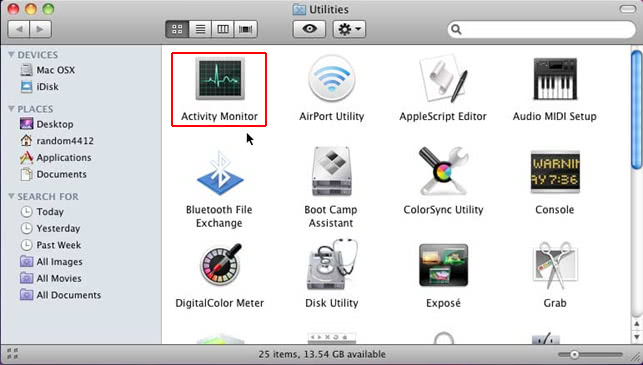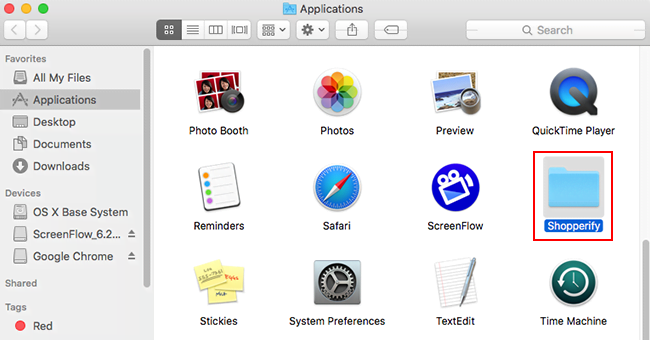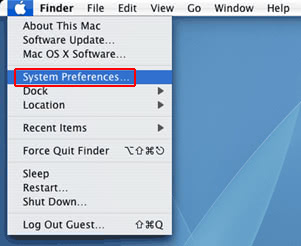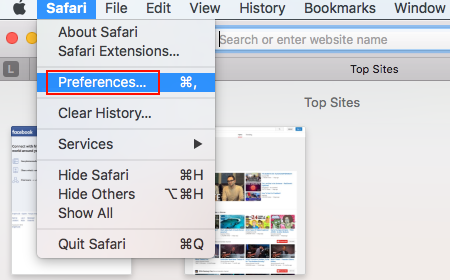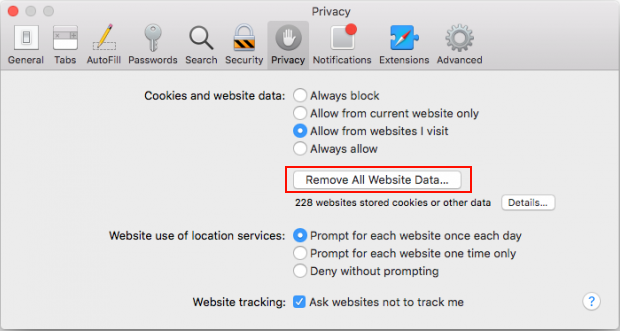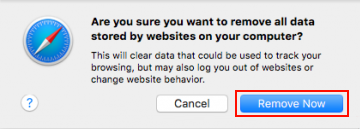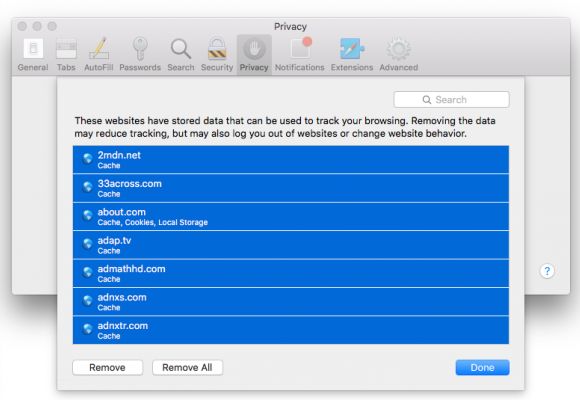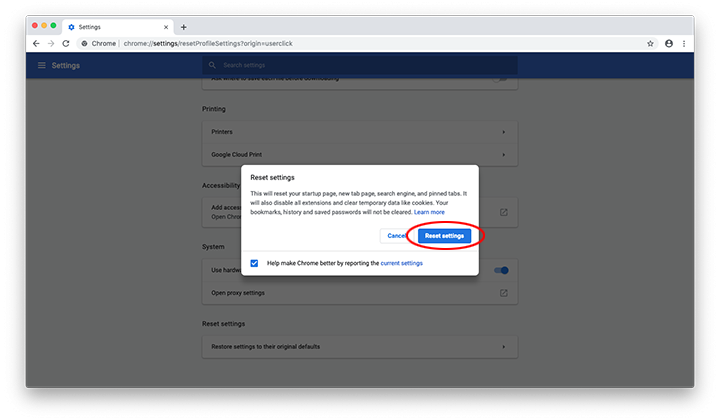Learn how to remove ‘This Update requires an action’ popup virus as part of a procedure aimed at uninstalling the TapuFind or Chill Tab adware.
“This Update requires an action” is a popup alert that interrupts one’s web navigation in Safari on Mac. Many affected users’ first impression is that the dialog is intended to authorize the process of fine-tuning some important browser component designed to enhance their online experience. This is a misconception, though, and here is why. First off, neither the Mac’s built-in web browser nor any third-party counterpart will engage in activity as intrusive as that. The window splashes out of the blue and prevents the user from continuing to surf the Internet altogether. Moreover, if the victim is vigilant enough to abstain from clicking anything on the popup – which is the right thing to do – the browser will close down on its own in a minute or so. Sometimes the alert won’t even respond to any clicks, which is reminiscent of a garden-variety glitch entailing app crashes. It turns out, this predicament stems from an adware program called TapuFind or Chill Tab that’s already up and running on the machine.

This symptom is certainly a drag for anyone faced with it. They end up in a loop of iterative popup alerts accompanied by Safari shutdowns. Incidentally, the Mac may even reboot due to this bizarre tampering. Another fact to bear in mind is that the issue can assume cross-browser characteristics and extend its reach to macOS versions of Google Chrome and Mozilla Firefox. Aside from the inscription saying “This Update requires an action”, the uniform design of these unwelcome notifications includes a reCAPTCHA area with a checkbox next to an option that goes, “Please check the box to complete the update”. A phrase underneath this element assures the user that the message will close in 60 seconds unless they do something. As previously mentioned, it only holds true partially because it’s the browser or even the whole computer that will shut down instead.
A little bit of insight into the bug reveals that there is a potentially unwanted extension by MacAppExtensions publisher running in the browser across all the infection cases. Most of the time, the victims discover an app called TapuFind in the Extensions section in Safari or other browser that’s acting up. A less commonly reported add-on is Chill Tab. It means there are indisputable ties between the alert in question and both of these harmful applications. No matter which one of the two rogue extensions is on board, the impact upon the plagued user’s web activities spans more than “This Update requires an action” popup alone. The prey’s Internet preferences additionally undergo tweaks that cause a pseudo search engine page to appear instead of the homepage and default search. These landing pages include search.tapufind.com and search.chill-tab.com.

While neither of the above-mentioned sites is malicious itself, it is visited without one’s consent. It’s because the associated extension infiltrated the Mac through a bundle of apps hidden under the hood of a single installer, and the user didn’t get a chance to find out what permissions it needs and what changes will ensue from the setup. As a result, TapuFind or Chill Tab adware abuses the wrongfully obtained privileges to modify the victim’s custom settings in Safari, Chrome or Firefox in such a way that the affiliated web page is recurrently resolved. If a keyword is entered in it, the online traffic will be forwarded to Bing or Yahoo while traveling via a number of ad networks along the way.
The reason why “This Update requires an action” popup keeps showing up may appear somewhat vague. Again, it crashes the browser, and that’s not the goal Mac viruses pursue. Furthermore, most people cannot enable the ReCap checkbox because it’s inactive. The main theory in this regard is that the alert is intended to cloak the installation of more malware, serving simply as a red herring. Another plausible scenario is that the underlying adware is actually trying to update itself to a more sophisticated version, but fails to do it due to a misconfigured server or poorly written code. Either way, the popup activity is extremely annoying and considerably diminishes the victim’s Mac experience. Therefore, the harmful code that triggers these alerts should be removed immediately otherwise the damage may inflate over time.
“This Update requires an action” virus manual removal for Mac
The steps listed below will walk you through the removal of this malicious application. Be sure to follow the instructions in the order specified.
- Open up the Utilities folder as shown below

- Locate the Activity Monitor icon on the screen and double-click on it

- Under Activity Monitor,find a process named TapuFind or ChillTab, select it and click Quit Process
- A dialog should pop up, asking if you are sure you would like to quit the troublemaking process. Select the Force Quit option
- Click the Go button again, but this time select Applications on the list. Find the TapuFind (ChillTab) entry on the interface, right-click on it and select Move to Trash. If user password is required, go ahead and enter it

- Now go to Apple Menu and pick the System Preferences option

- Select Accounts and click the Login Items button. The system will come up with the list of the items that launch when the computer is started up. Locate TapuFind or Chill Tab there and click on the “-“ button
Get rid of “This Update requires an action” popup virus in web browser on Mac
To begin with, settings for the web browser that got hit by “This Update requires an action” virus should be restored to their default values. The overview of steps for this procedure is as follows:
- Reset Safari
- Open the browser and go to Safari menu. Select Preferences in the drop-down list

- Once the Preferences screen appears, hit the Privacy tab at the top. Find the option that says Remove All Website Data and click on it

- The system will display a confirmation dialog that also includes a brief description of what the reset does. Specifically, you may be logged out of some services and encounter other changes of website behavior after the procedure. If you’re okay with that, go ahead and click the Remove Now button

- In order to selectively clear data generated by certain websites only, not all of them, hit the Details button under the Privacy section of Safari Preferences

- This feature will list all websites that have stored potentially sensitive data, including cache and cookies. Select the one, or ones, that might be causing trouble and click the appropriate button at the bottom (Remove or Remove All). Click the Done button to exit.
- Open the browser and go to Safari menu. Select Preferences in the drop-down list
- Reset Google Chrome
- Open Chrome, click the More (⁝) icon in the top right-hand part of the window, and select Settings in the drop-down
- When on the Settings pane, select Advanced
- Scroll down to the Reset settings section. Under the Restore settings to their original defaults option, click the Reset settings button

- Confirm the Chrome reset on a dialog that will pop up. When the procedure is completed, relaunch the browser and check it for malware activity.
- Reset Mozilla Firefox
- Open Firefox and select Help – Troubleshooting Information
- On the page that opened, click the Reset Firefox button

Get rid of “This Update requires an action” virus using Combo Cleaner removal tool
The Mac maintenance and security app called Combo Cleaner is a one-stop tool to detect and remove “This Update requires an action” virus. This technique has substantial benefits over manual cleanup, because the utility gets hourly virus definition updates and can accurately spot even the newest Mac infections.
Furthermore, the automatic solution will find the core files of the malware deep down the system structure, which might otherwise be a challenge to locate. Here’s a walkthrough to sort out the “This Update requires an action” issue using Combo Cleaner:
- Download Combo Cleaner installer. When done, double-click the combocleaner.dmg file and follow the prompts to install the tool onto your Mac.
By downloading any applications recommended on this website you agree to our Terms and Conditions and Privacy Policy. The free scanner checks whether your Mac is infected. To get rid of malware, you need to purchase the Premium version of Combo Cleaner.
- Open the app from your Launchpad and let it run an update of the malware signature database to make sure it can identify the latest threats.
- Click the Start Combo Scan button to check your Mac for malicious activity as well as performance issues.

- Examine the scan results. If the report says “No Threats”, then you are on the right track with the manual cleaning and can safely proceed to tidy up the web browser that may continue to act up due to the after-effects of the malware attack (see instructions above).

- In case Combo Cleaner has detected malicious code, click the Remove Selected Items button and have the utility remove “This Update requires an action” threat along with any other viruses, PUPs (potentially unwanted programs), or junk files that don’t belong on your Mac.

- Once you have made doubly sure that the malicious app is uninstalled, the browser-level troubleshooting might still be on your to-do list. If your preferred browser is affected, resort to the previous section of this tutorial to revert to hassle-free web surfing.
